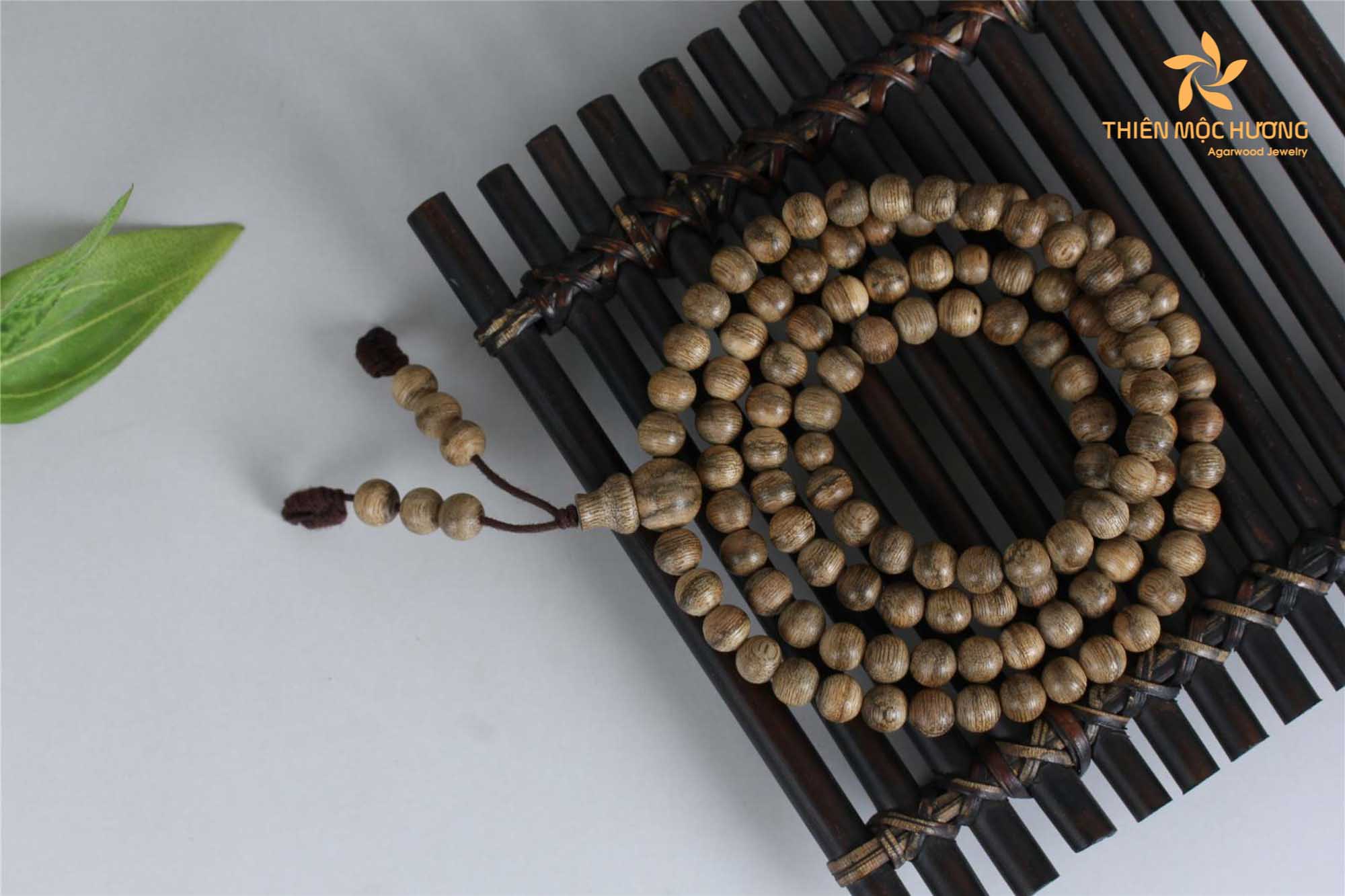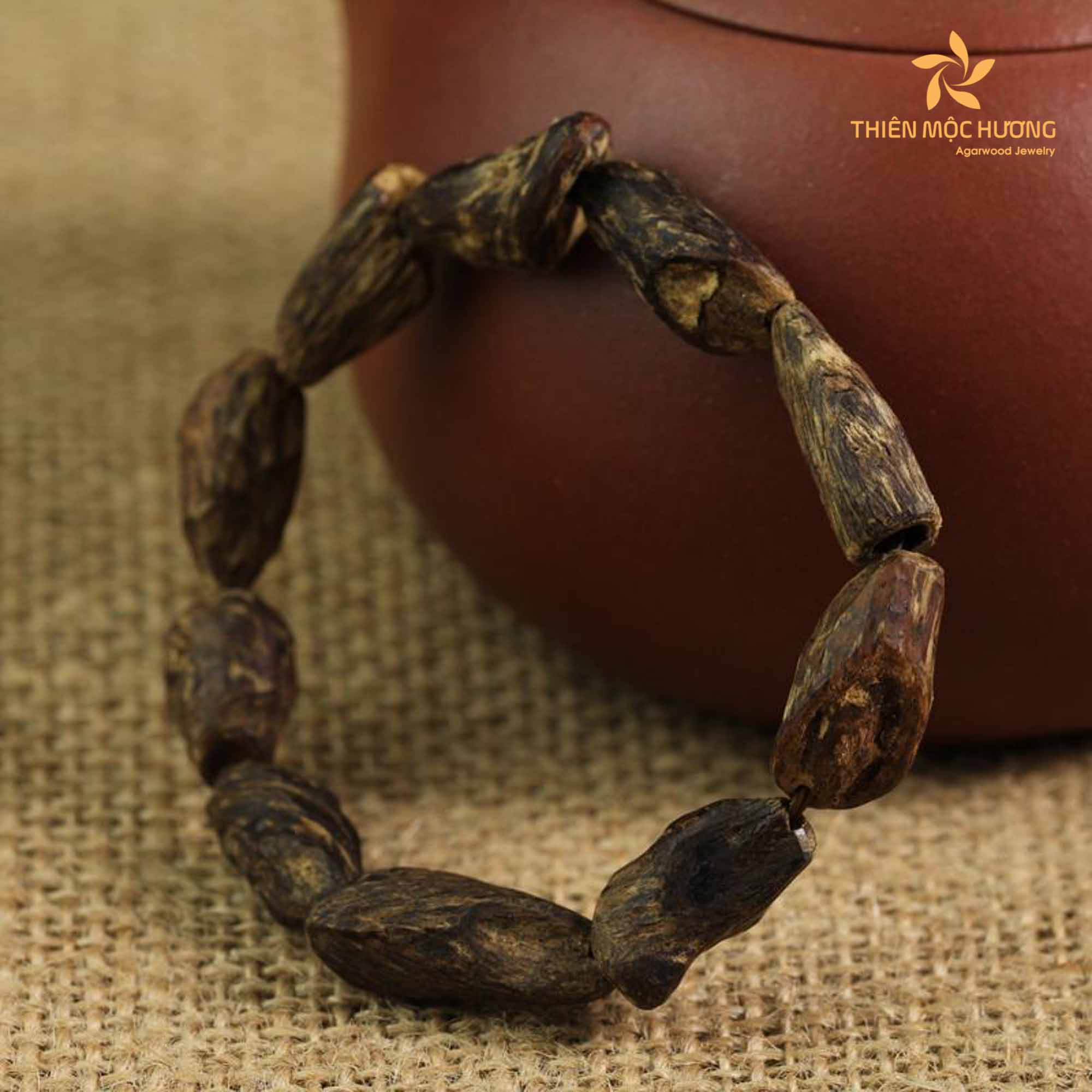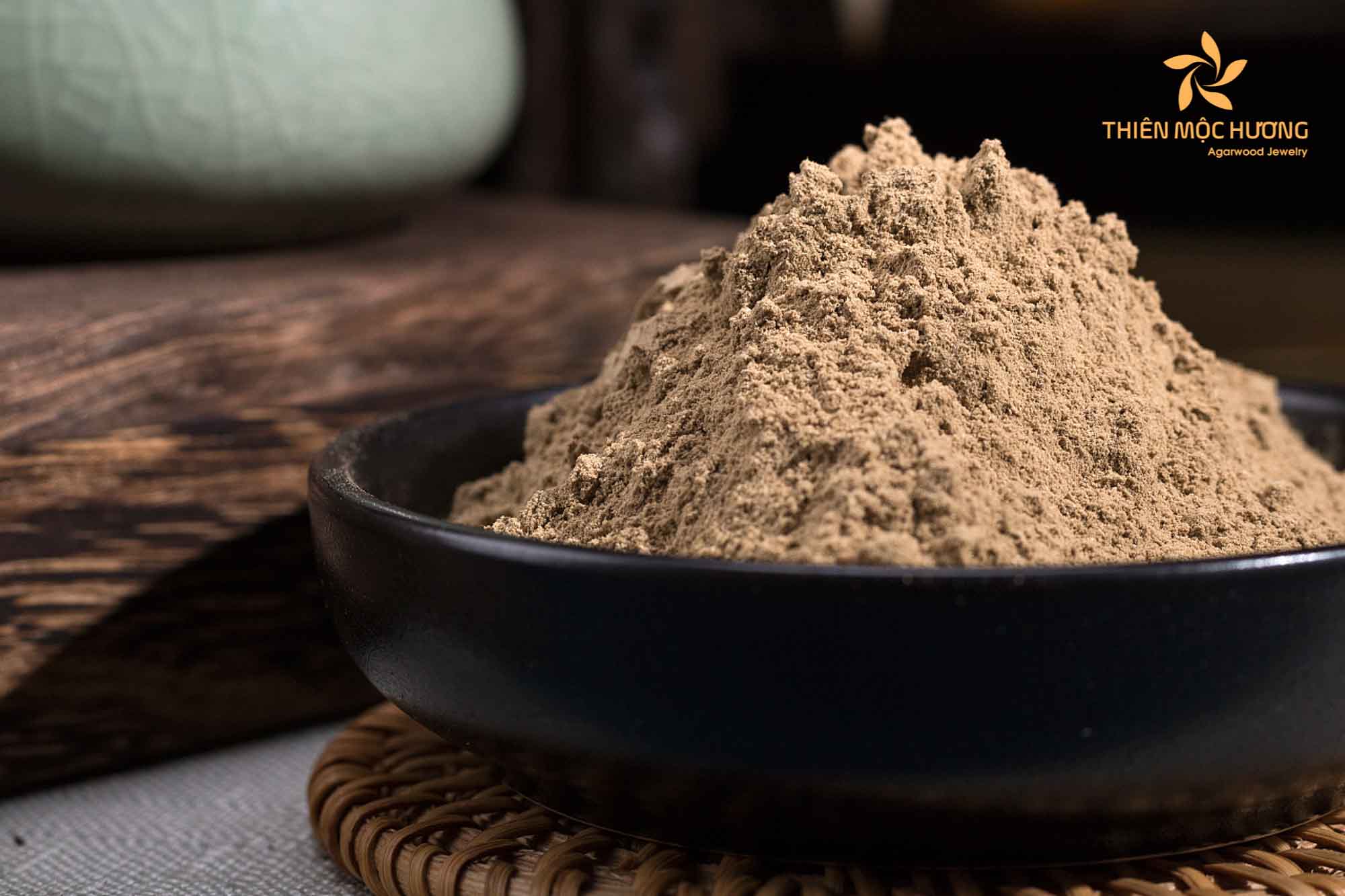Agarwood, often referred to as the ‘Wood of the Gods,’ is a resinous heartwood that is highly sought after for its rich fragrance and spiritual significance. Its cultivation can be a rewarding experience for both the novice and seasoned gardener. In this guide, we will delve deep into the world of agarwood, shedding light on its origins, the reasons behind its value, and providing a step-by-step guide on how to grow agarwood.
I. Where can agarwood grow?
Agarwood, a product of the Aquilaria tree, is native to the rainforests of Southeast Asia. Its unique growth requirements make certain regions more conducive to its cultivation than others.
1. Native habitats
Agarwood trees (specifically from the Aquilaria species) naturally thrive in countries like:
- India
- Indonesia
- Malaysia
- Thailand
- Cambodia
- Laos
- Vietnam
- Myanmar
- Bhutan
- Bangladesh
- The Philippines
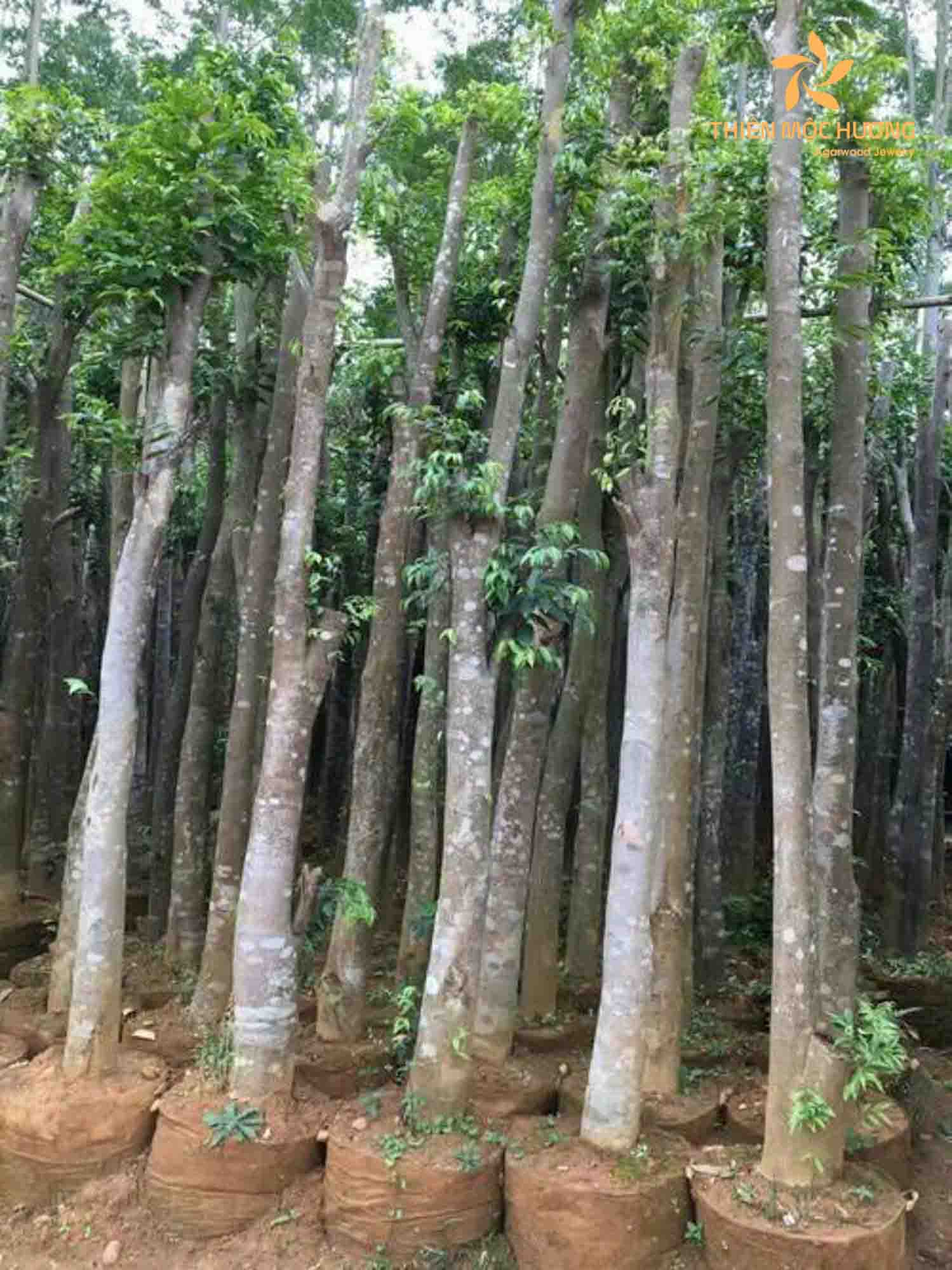
2. Soil conditions
The Aquilaria tree prefers:
- Well-draining soil: This prevents the roots from becoming waterlogged.
- Slightly acidic soil: A pH level ranging from 5.5 to 7.5 is optimal.
3. Climate
- Tropical Rainforest Climate: The tree thrives in regions with high humidity and consistent rainfall throughout the year.
- Temperature: Aquilaria trees prefer an average temperature between 20°C to 30°C (68°F to 86°F).
4. Altitude
While these trees are usually found at low to medium altitudes in their native regions, they can grow anywhere from sea level up to 1000 meters above sea level.
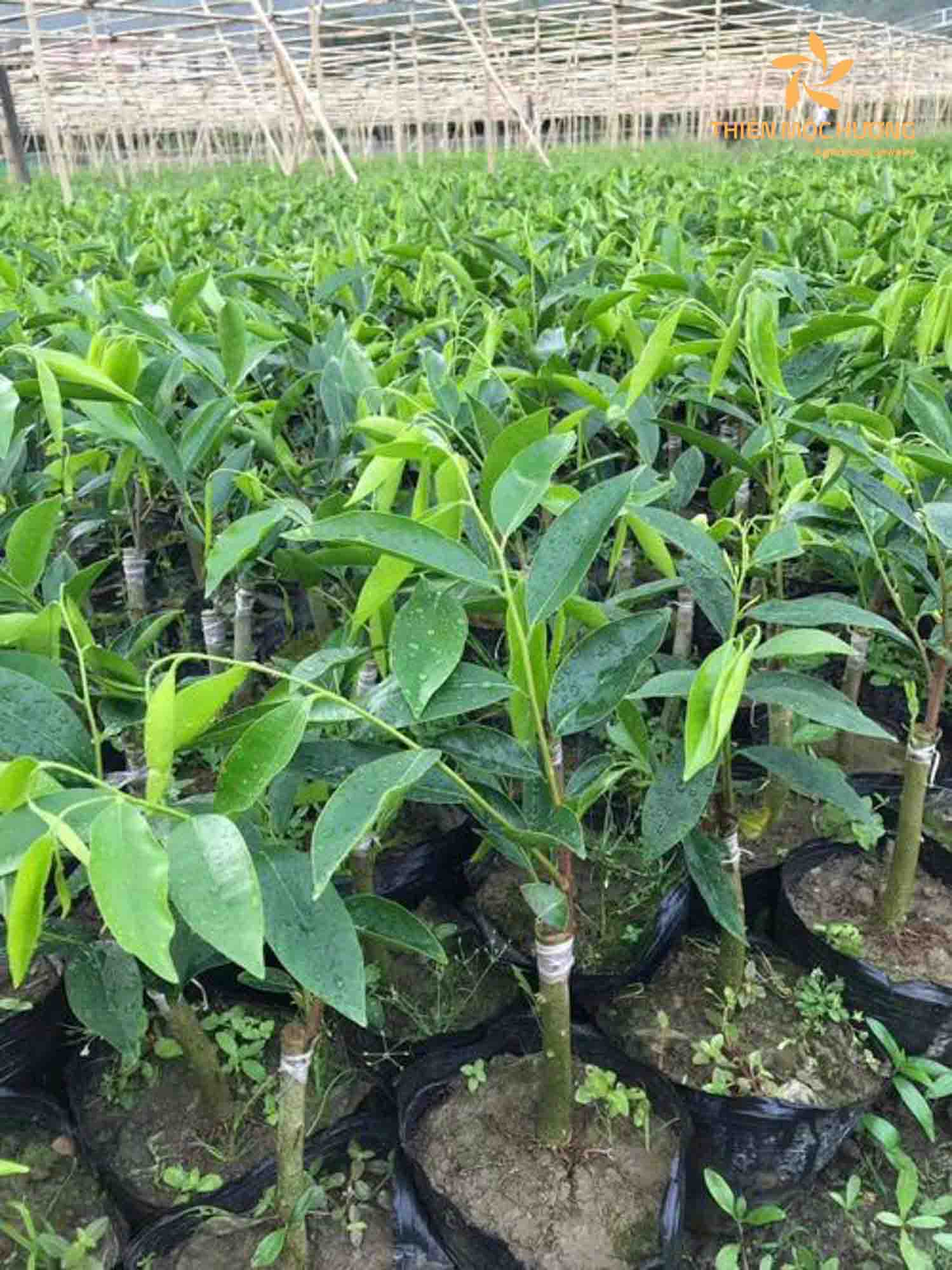
5. Expanding horizons
Given the high demand and value of agarwood, efforts have been made to cultivate it outside its native range. With the right conditions, agarwood has also been cultivated in: Parts of China, Northeast India, Some regions in the Middle East
However, it’s essential to remember that even within these regions, not every Aquilaria tree will produce agarwood. The formation of agarwood is a response to injury, typically from fungal or bacterial infection, and is not guaranteed in every tree.
6. Watering needs
Regular watering is crucial, especially for young saplings. However, the soil should never be soggy. Mature agarwood trees can handle occasional droughts but thrive best with consistent moisture.
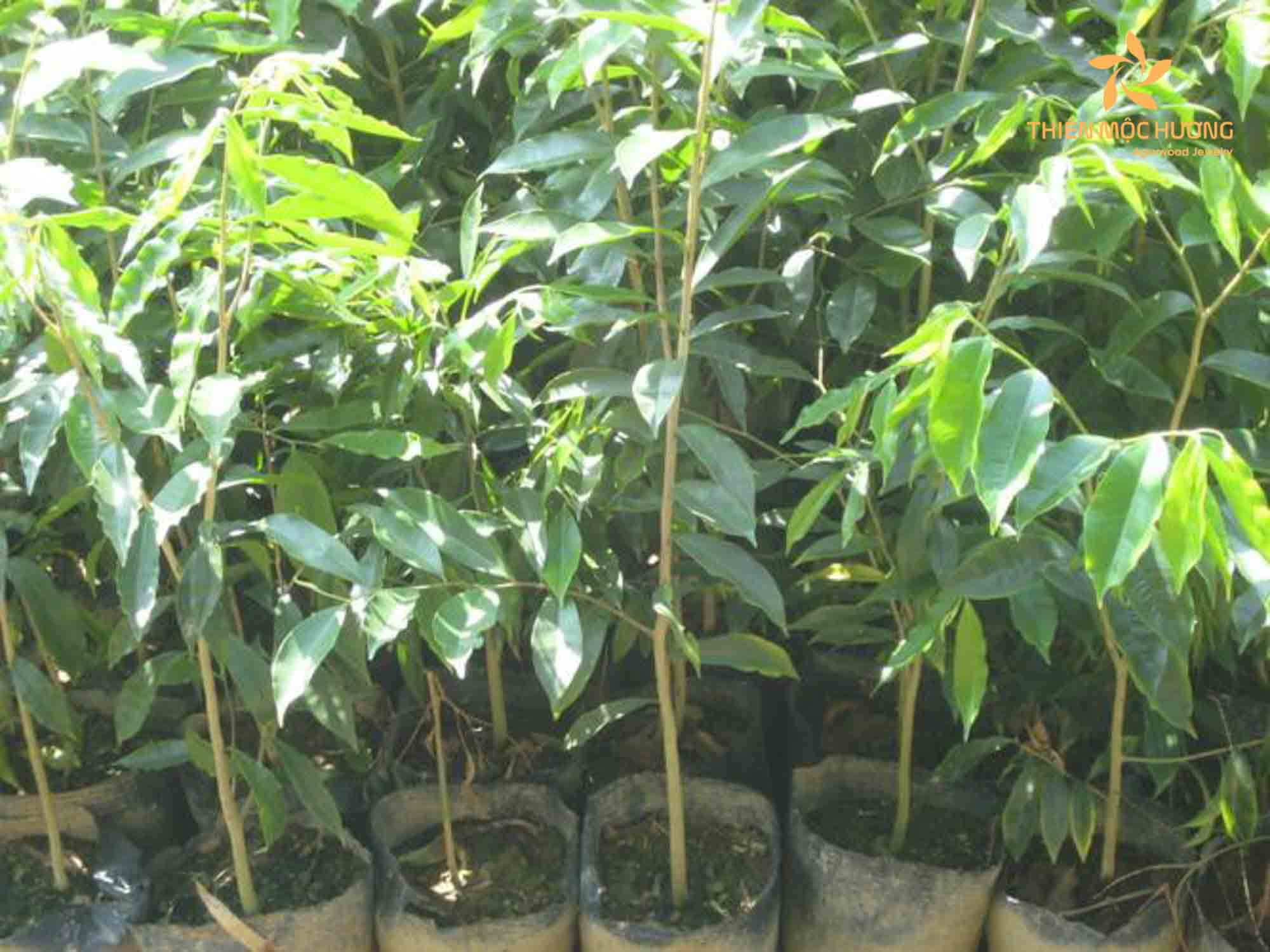
II. How long does it take to grow agarwood?
The process of agarwood formation within the Aquilaria tree is unique. Unlike typical crops where growth can be measured from seedling to maturity, agarwood’s formation is a result of the tree’s response to injury or infection. Here’s a breakdown of the timeline:
1. Growth of the Aquilaria tree
Seedling Phase: After planting, it takes about 1-2 years for the Aquilaria saplings to establish themselves and show healthy growth.
Mature Tree: Generally, Aquilaria trees reach their full height in about 5-7 years under optimal conditions.
2. Inducing Agarwood formation
The actual process of agarwood formation begins when the tree undergoes some form of stress, usually due to injury or microbial infection.
Natural formation: If left to natural processes, there’s no fixed timeframe for agarwood formation. It might never occur, or it could take many years, even decades, for the resin to form significantly.
Artificial induction: To improve agarwood production chances and reduce the waiting period, many cultivators use artificial means to induce resin production. Techniques include deliberate wounding of the tree, introducing microbial agents, or using chemical stimulants. Through these methods, agarwood can start forming within 1-3 years post-induction.
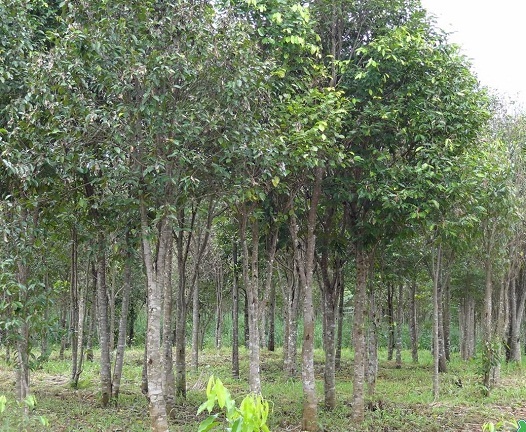
3. Harvesting Agarwood
Optimal Harvesting Age: Even with artificial induction, cultivators typically wait until the tree is at least 5-8 years old before harvesting to get quality agarwood. The longer the resin has to mature within the tree, the richer and more valuable the agarwood will be.
Mature Trees: Some of the most valued agarwood comes from trees that are 20 years or older, but such instances are rarer because of the long waiting time and potential threats to the tree over such extended periods.
III. How to grow Agarwood tree
1. Step 1: Selecting the right seedlings
Species choice: Over 15 species of Aquilaria produce agarwood. Depending on your region, specific species may be more suitable. Aquilaria malaccensis and Aquilaria crassna are among the most popular for agarwood production.
Healthy seedlings: Ensure the seedlings are disease-free. Look for robust, green saplings with fresh roots.
Age: Seedlings that are 4-6 months old are typically best for planting as they’ve had a chance to grow strong enough for transplantation.
2. Step 2: Prepare the soil
Soil Type: Agarwood trees thrive in well-draining soil. A mixture of loamy and slightly sandy soil is ideal.
pH Level: The soil should be slightly acidic, with a pH level between 5.5 to 7.5.
Soil Enrichment: Before planting, enrich the soil with organic compost or manure to ensure it’s nutrient-rich.
3. Step 3: Planting the Seedlings
Digging the hole: For each seedling, dig a hole about twice as wide and deep as the seedling’s root ball.
Planting depth: Ensure the top of the seedling’s root ball is level with or slightly above the ground surface.
Spacing: If planting multiple trees, ensure there’s a distance of at least 5 meters between each one. This allows ample space for growth and minimizes competition for nutrients.
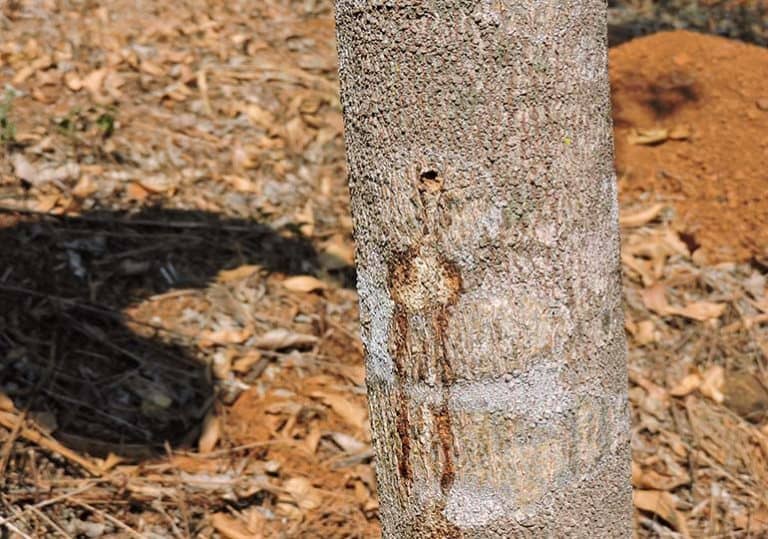
4. Step 4: Watering
Initial Watering: Thoroughly water the seedling right after planting.
Regular watering: For the first few months, the sapling will need regular watering. However, ensure the soil is moist but not soggy.
5. Step 5: Care and maintenance
Mulching: Mulch around the base of the tree to retain moisture, suppress weeds, and regulate soil temperature.
Fertilizing: Use organic fertilizers to provide essential nutrients. In the initial stages, nitrogen-rich fertilizer helps, but as the tree grows, reduce nitrogen and introduce balanced fertilizers.
Protection: Protect young saplings from pests and diseases. Regularly inspect them and treat any infestations promptly.
6. Step 6: Pruning
Remove dead branches: Regularly inspect the tree and prune away any dead or dying branches.
Shape maintenance: Light pruning to maintain the tree’s shape will encourage better growth and make it easier to inspect for agarwood formation later.
7. Step 7: Inducing Agarwood formation
Natural Formation: While you can wait for natural infections to occur, it’s unpredictable.
Artificial Induction: To speed up the process, many growers resort to artificial techniques, such as physical wounding or introducing specific fungi, around the 5-7 year mark.
IV. Harvesting and processing Agarwood tree plant
Once the tree is around 5-8 years old, you can start checking for agarwood formation. The trees can be cut down, and the heartwood extracted. The resinous sections are then separated, cleaned, and processed into various products.
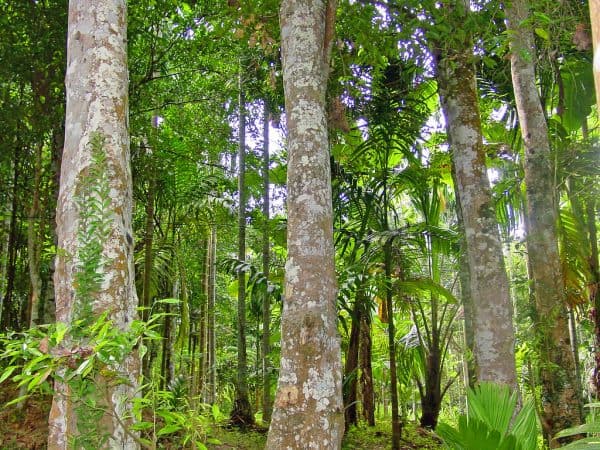
Conclusion
Growing agarwood is a journey filled with patience, care, and a touch of luck. With its myriad of uses and its significant cultural and economic value, it’s a venture worth considering for those passionate about cultivation. Whether for personal use, as a commercial venture, or just out of sheer curiosity, agarwood’s mystique and allure are undeniable.
(915)







